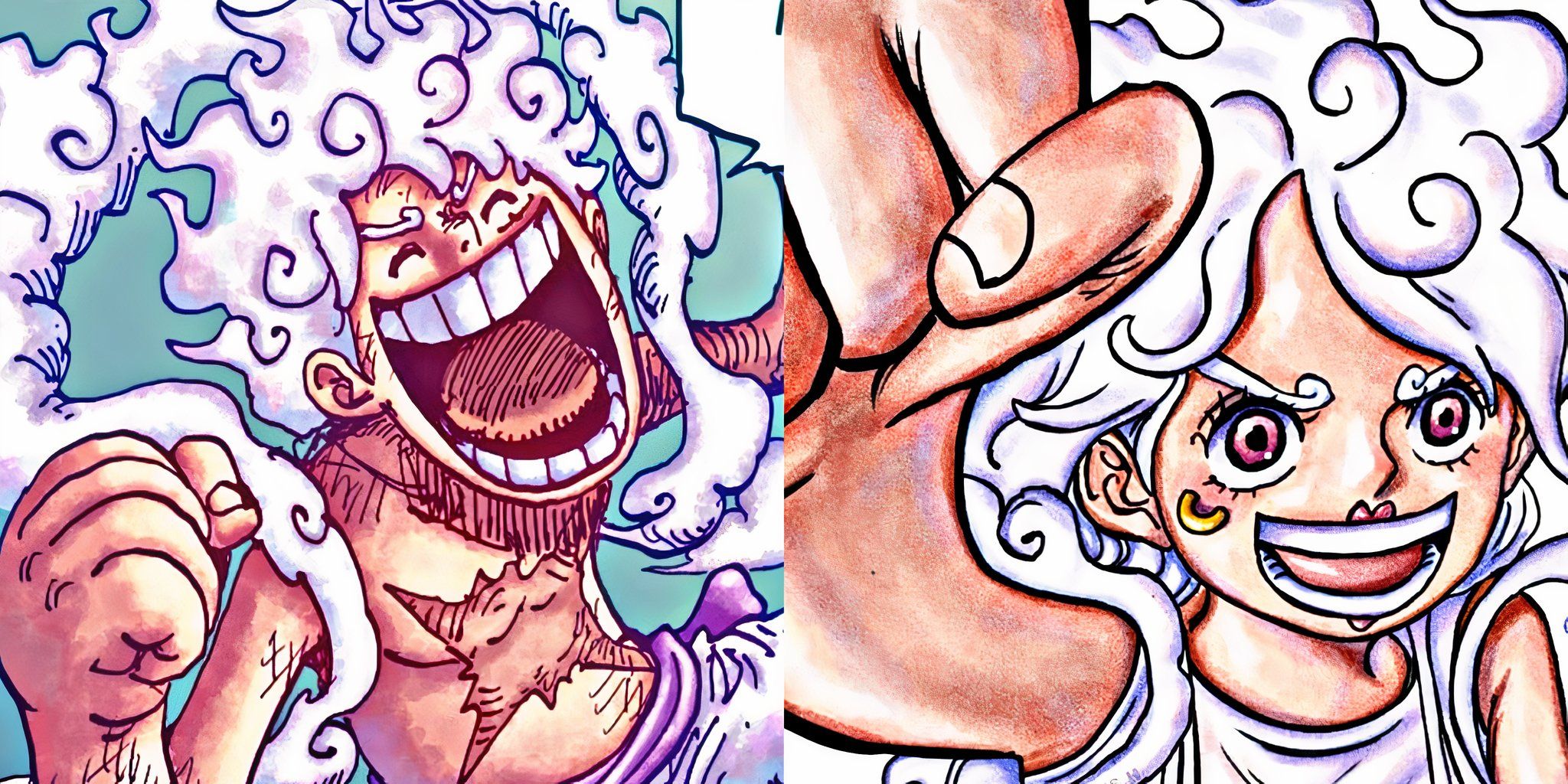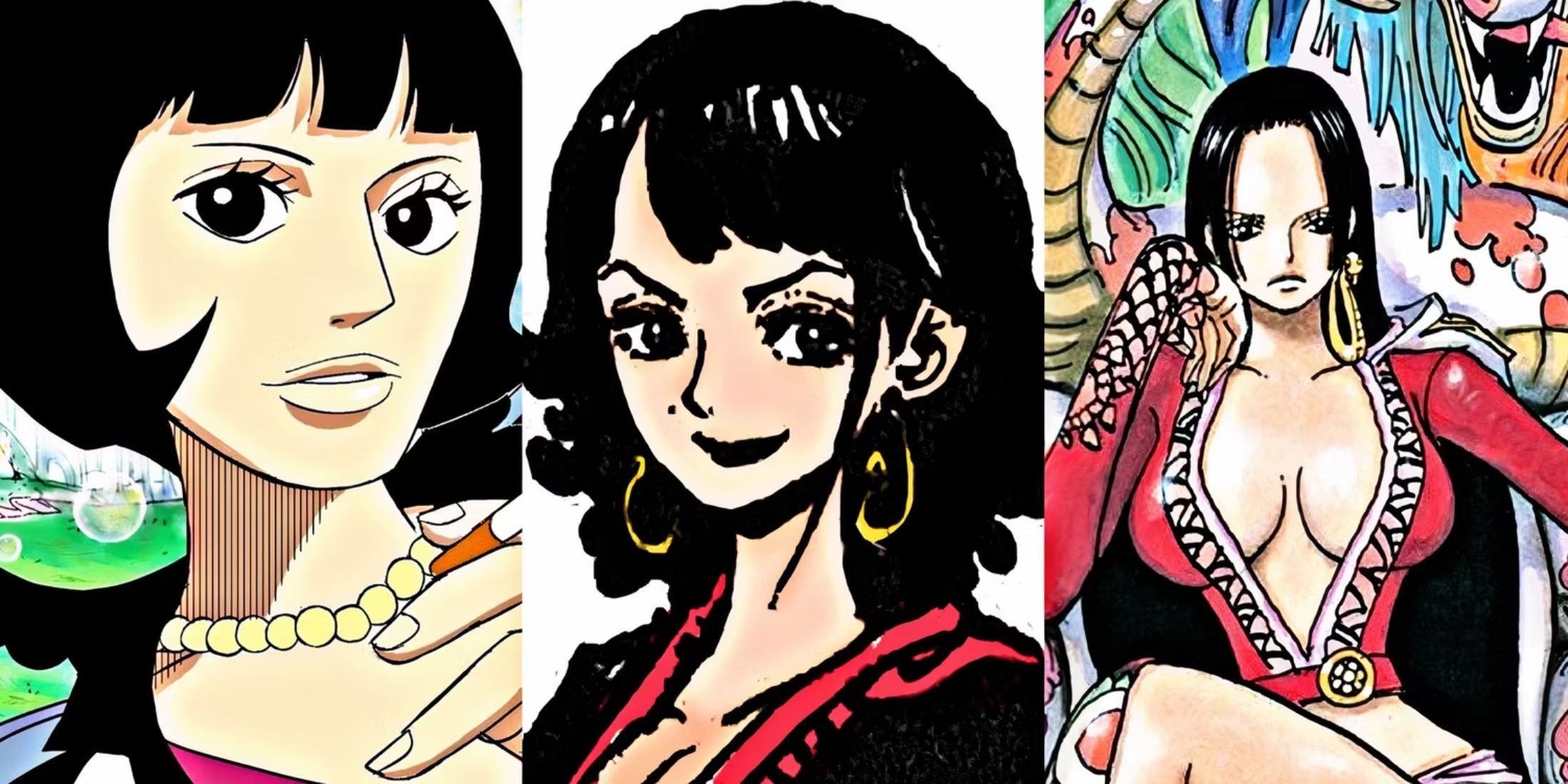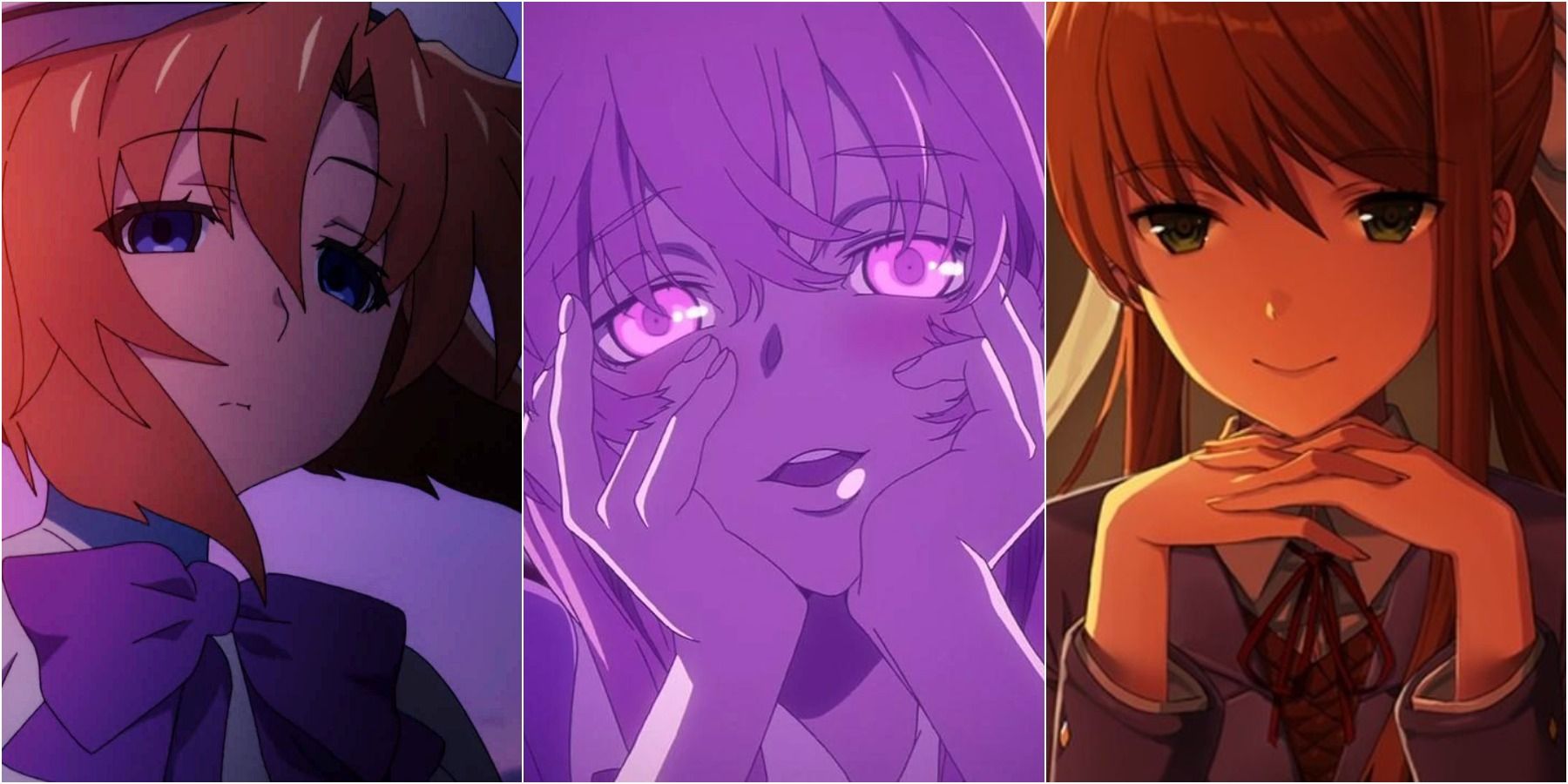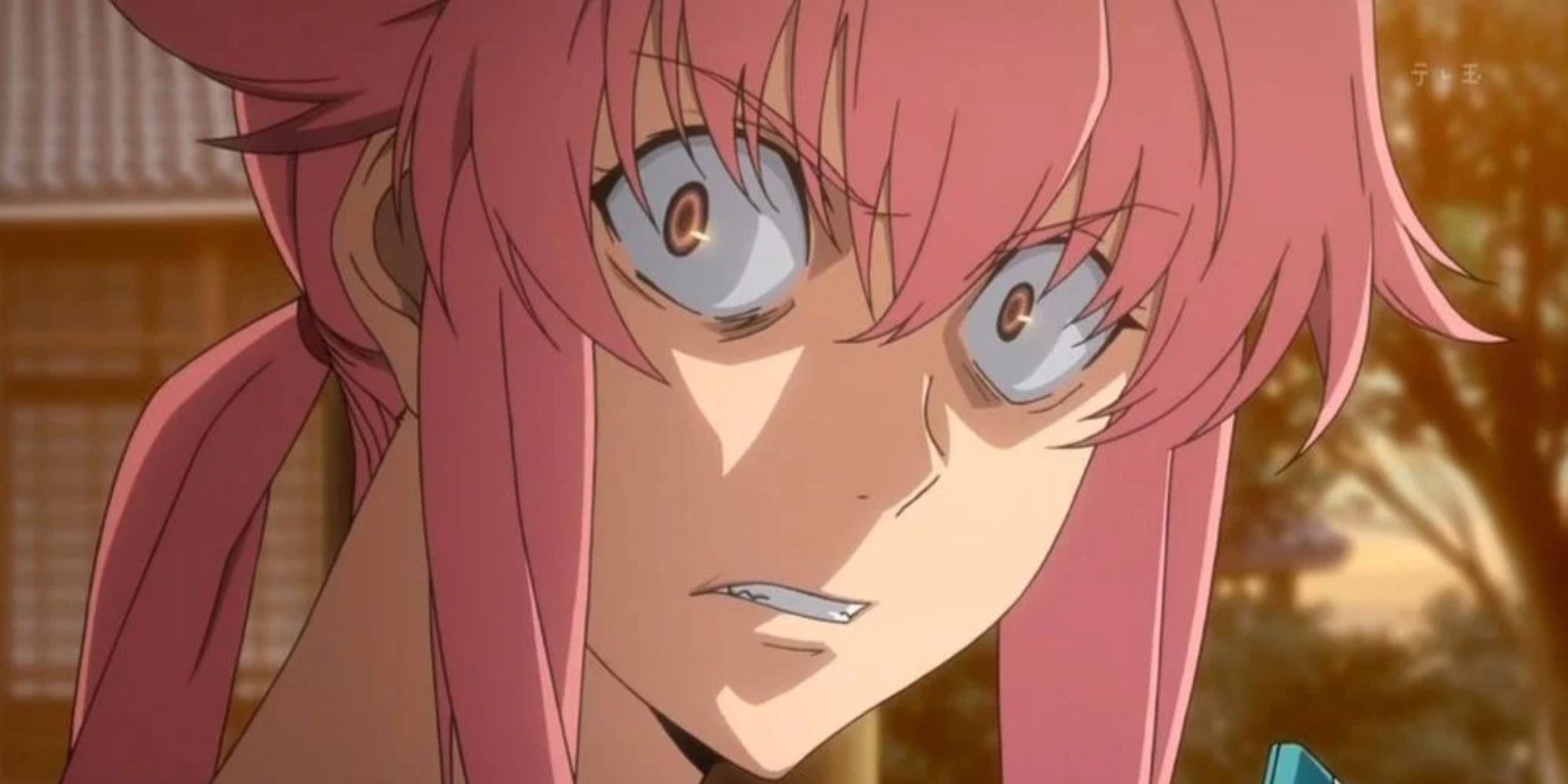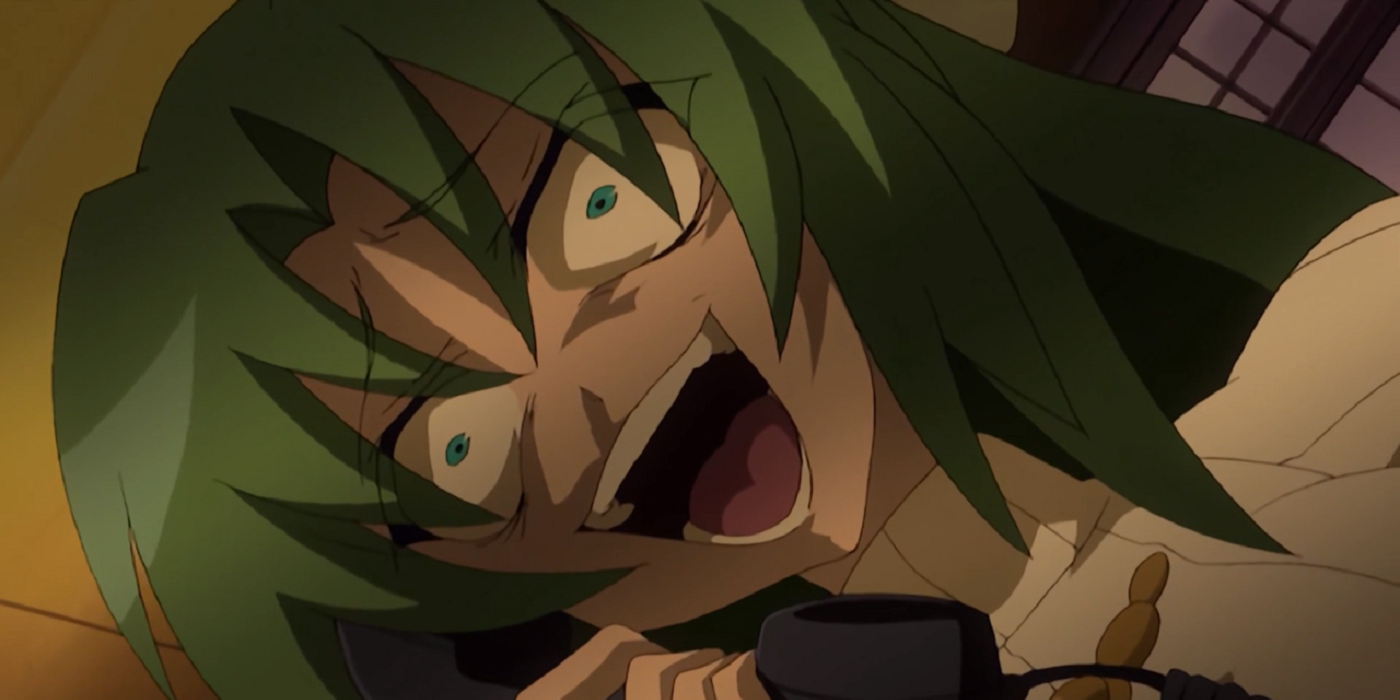The yandere is one of anime's most popular, most well-known archetypes, and it has had quite an effect on popular culture as a result. It is one of several romantic archetypes ("-dere") in anime and manga, and it refers to female characters who are especially loving and expressive of their affection at first, but it devolves into a fixation the consequences of which are often physically or psychologically violent and brutal.
Most fans of anime and manga will have encountered this love-crazed archetype through the character Yuno Gasai from Future Diary. Their cute and sweet outward appearance and expression serve as a mask for the twisted, manipulative, and psychotic person underneath.
Origins
This archetype is a subversion of the "Yamato Nadeshiko" (大和撫子) archetype which has its origins in 19th century Japan. This archetype is known as the "personification of the idealized Japanese woman" and is a floral metaphor, borrowing its name from the pink-coloured dianthus superbus or frilled pink flower that is native to Asia and parts of Europe. It is written with the kanji for "Yamato" (大和), an ancient name for Japan and a demonym for a particular Japanese ethnic group, while "Nadeshiko" refers to a demure young woman with traits that are in line with neo-Confucian perceptions of femininity and womanhood such as loyalty to the state and family, and acting in ways that benefit the family and authority figures. They're often synonymous with humility, domestic ability, wisdom, loyalty and maturity with an inherent toughness.
The term "yandere" is a portmanteau word combining the Japanese words "yandeiru" which means "to be sick" and "deredere" which is a colloquial Japanese word for "lovey-dovey". This archetype is unwell by definition, and they are often greatly attached to a single person or thing. Future Diary's Yuno is one of the characters most associated with this archetype as her manipulation and dogged pursuit of a life together with protagonist Yukiteru Amano smashes through several boundaries. A yandere that recently caught the interest of the anime and gaming communities was the Doki Doki Literature Club antagonist, Monika.
Just Monika
Monika is an incredible example of the yandere trope, but it is taken to even further extremes as Monika, one of the characters in a dating sim realizes that her reality is just a game and that the main character-kun is controlled by an external entity. It is that entity (i.e. the player) that Monika falls in love with, manipulating various aspects of the game's mechanics, deleting code, killing off the other characters, and restarting the game over without them in it. Her actions are not only heinous as she grotesquely ensures that you are able to see the deaths in their entirety save for one. In fact, only one death in Doki Doki Literature Club is unrelated to Monika's actions.
Yandere As A Subversion
The Yandere reflects the Nadeshiko's loyalty to loved ones and graceful, demure personality to a point; before revealing a cunning, sinister, morally decrepit underbelly to that personality that goes hand-in-hand with the Nadeshiko's steel. The yandere is effectively the Nadeshiko's dark sister, a sinister subversion of what is the idealized neo-Confucian Japanese woman – a perfect psychopath.
While pink hair is not a strict requirement of the yandere archetype, pink hair is seen in yandere character designs and a possible explanation for that lies in the floral metaphor of the archetype the yandere attempts to subvert – while Nadeshiko characters are often associated with "classical Japanese" physical attributes (such as jet black hair); the Nadeshiko flower is tickled a beautiful pink color which may be the explanation behind the frequency of pink hair within depictions of the yandere archetype.

